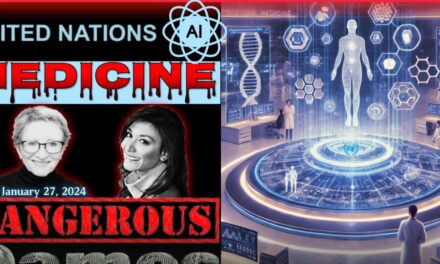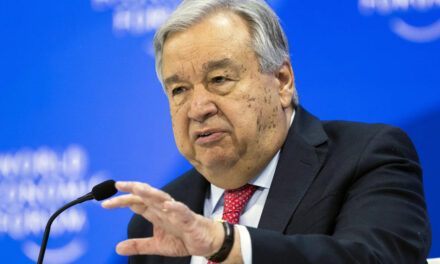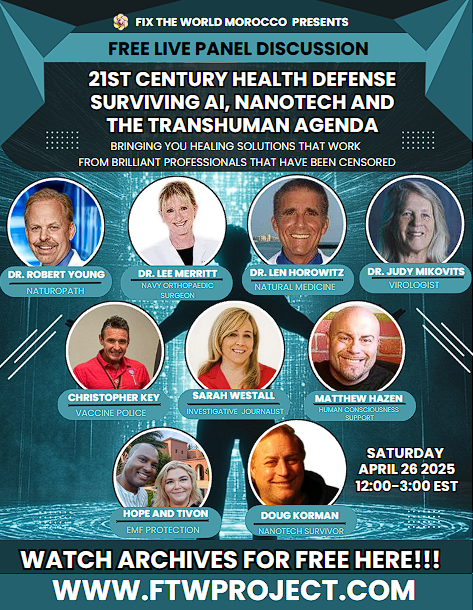One of the claims the United Nations Intergovernmental Panel on Climate Change (“IPCC”) makes in their August 2021 report is that “urbanisation bias” is very small, less than 10%. Dr. Willie Soon says this is nonsense. It’s at least 40% and it’s easy to prove.
“The way they [IPCC] approach science – everything is not science, everything is cartoon science. They turn everything into a cartoon … all of it is not even close to the truth, it’s a joke” Dr. Soon said.
Dr. Soon, an astrophysicist and geoscientist and co-team leader at CERES Science, is a leading authority on the relationship between solar phenomena and global climate. For more than 32 years he has been studying the Sun-Earth relations in terms of not only meteorology and climate, but also in terms of orbital dynamics of Sun-Earth-other planets interactions, magmatic (volcanoes) and tectonic (earthquakes) activities.
During the Heartland Institute’s 15th International Conference on Climate Change (“ICCC15”) in February, Dr. Soon used data from rural temperature stations to avoid urban heat island contamination of the temperature data and considered whether solar activity can explain global warming at rural stations. As his Heartland Institute talk was limited to 20 minutes, he met with Tom Nelson a week later to go through his presentation more thoroughly. You can find the slides for his presentation HERE.
Between the 1930s and the 1940s Joseph Kincer noted that temperatures had been increasing worldwide for decades. During the 1940s and the 1970s Kincer noted that the warming had stopped and was reversing. Others confirmed the global cooling. How was this possible? “It’s basically how they adjusted the data, it’s the homogenisation problem,” Dr. Soon said.
In the 1980s global warming returned. One of the early promoters of catastrophic global warming was Dr. James Hansen who gave testimony in 1988 in the US Senate. The world panicked and the IPCC was formed. “This was a political move, obviously. The evidence he had was very weak.” Dr. Soon said. After this, narratives were created to stop those challenging the IPCC’s position from interfering with the UN goals.
The problem with IPCC temperature data, Dr. Soon explained, is that they combine urban and rural stations and only use homogenised data. At the various stations collecting data, there could be non-climatic biases. For example, a tree has grown that shades the instruments collecting temperature data. Another example is the urban heat island effect. Cities are warmer than the surrounding countryside. If many buildings have sprung up around instruments collecting temperature data, this increases the recorded temperature significantly. Other non-climatic biases include changes in instrumentation, a station moves, cutting down of nearby trees or shrubs and changes in land use.
By taking rural temperature data only, Dr. Soon demonstrates how the trends shown are supported by trends shown in sea surface temperatures, tree rings and glacial length records. This in turn proves that the upwards trend in global temperature as shown by IPCC is contaminated by urbanisation bias and urban blending. He also discussed the difficulties of measuring light intensity from the Sun and having overcome these, how data representing solar activity correlated to the temperature data from rural stations.
You can watch Dr. Soon’s full presentation below.
Source Link: https://expose-news.com/2023/04/17/data-adj-to-create-the-impression-of-global-warming/
Bitchute: https://www.bitchute.com/channel/YBM3rvf5ydDM/
Telegram: https://t.me/Hopegirl587
EMF Protection Products: www.ftwproject.com
QEG Clean Energy Academy: www.cleanenergyacademy.com
Forbidden Tech Book: www.forbiddentech.website













